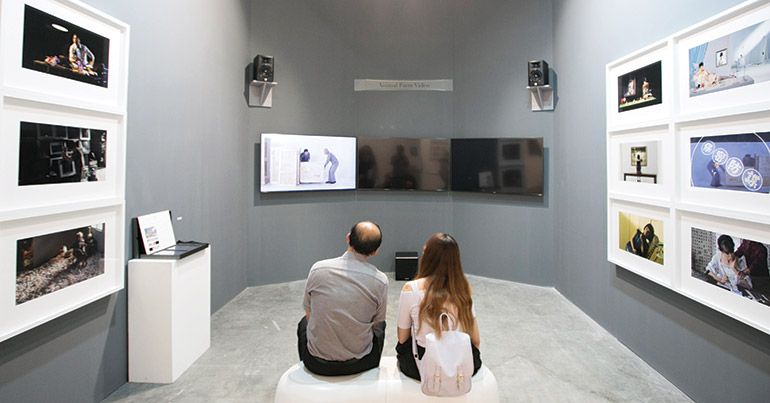As clichés go, the image of the starving artist scratching away at his canvas in some shabby loft is one that will last long after the paint has dried. And with public funding for the arts rare across many parts of Southeast Asia, and existing support often going hand-in-hand with state-sponsored censorship, it is a stereotype that many of the region’s artists have begun to turn to for inspiration.
Speaking at the Southeast Asia Forum at Art Stage Singapore in January, Norberto Roldan, a Philippine artist and co-founder of the Manila-based artists’ space Green Papaya Art Projects, said it was precisely this hunger that artists needed to draw on if they were to maintain their independence in an increasingly commercialised art scene.
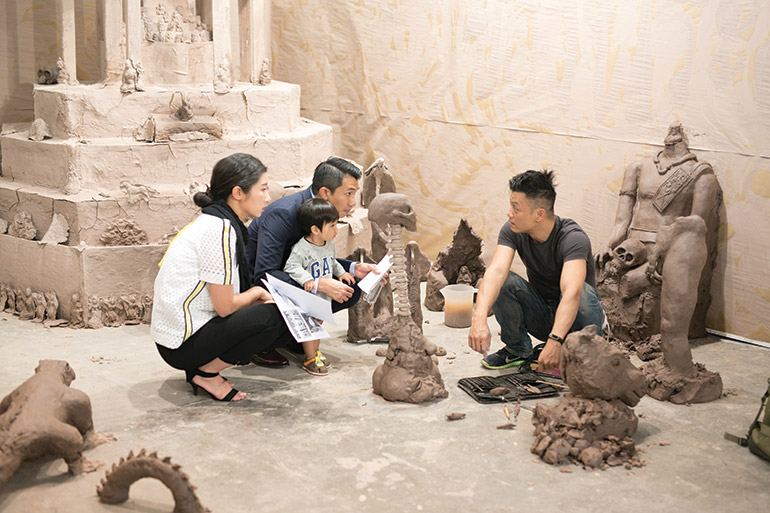
“To us, I think there’s a different meaning to hunger and starvation,” he said. “Because what we’ve learned at Green Papaya is that artists actually hunger for new models, not for money. It sounds so negative, but there is something very positive about being hungry. Otherwise, artists would just be complacent, and comfortable, pandering to the markets.”
Across Southeast Asia, exhibition spaces and galleries founded and run by artists are increasingly allowing the region’s creative set to hone their skills outside the commercial interests of the art market and the restrictions of the state. With institutional support for the arts almost nonexistent in many countries across the region, it has fallen to the artists themselves to cultivate and nurture the next wave of creative vision.
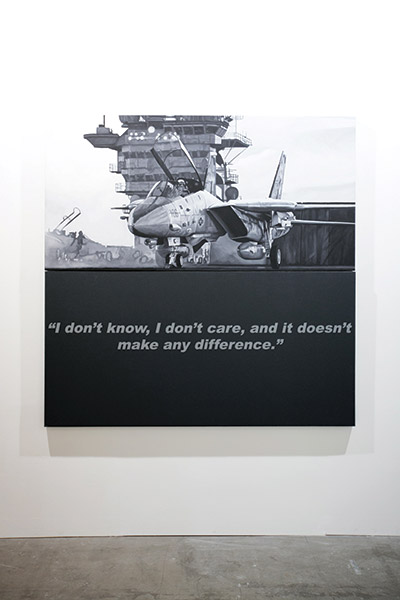
Jason Wee, a Singapore-based artist, writer, curator and the founder of Grey Projects artists’ space, said artist-driven spaces were crucial in providing a place for Southeast Asia’s creatives to discover their place in societies that often seem to place little value on their talents.
“I think artist-run initiatives provide a time and a space to think about different ways to self-organise, ways we can talk to each other, decide how we can be citizens of a place, how we can be allies to each other,” Wee said, citing the regional artistic hub of Indonesia as an example of how these spaces can function well.
In Singapore, where sex between men remains punishable by a prison sentence of up to two years, Grey Projects has been crucial in giving LGBTI artists a place to exhibit work dealing frankly with queer, trans and non-binary issues that remain taboo in the city-state’s institutional spaces. For artists frustrated by a restrictive government that lavishes money on public exhibitions that conform to its own vision of Singapore’s history and values, Wee said, such spaces allow creatives to challenge the state-driven status quo.
“It’s very hard to get funding here when you address politics or political questions directly,” he added.
Even for countries where authoritarian regimes are beginning to give way to more open forms of government, a lack of institutional support continues to constrain artistic expression. Art historian and curator Nathalie Johnston, who founded the Myanm/art gallery, reading room and exhibition space in Yangon, said decades under a military junta had left a deep impression on the nation’s fledgling art scene.
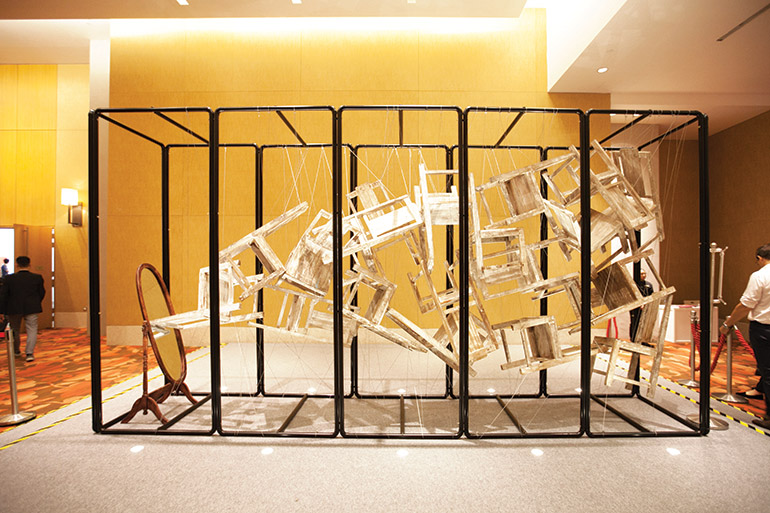
“With freedom of expression, the artists don’t really know how to take advantage of that yet,” she said. “I think there’s a lot of self-censoring going on now – certain subjects they won’t touch, or feel that they can’t.”
With little financial support from the new government, which has also shown itself to be adverse to dissent or criticism, Myanmar’s artists are often forced to cater to the whims of the handful of private collectors eager to buy up art that matches their often-limited tastes – and galleries have begun to take notice.
“The galleries in Yangon don’t really encourage artists to experiment,” she said. “They’re very commercial – artists have to rent space from the galleries, and so they have two- or three-day exhibitions and that’s it. There’s one artist-led space called New Zero, and that operates in a different way – you can be experimental; you can do performance.”
Yet for many artist-driven spaces across the region, it is this very freedom from government funding that paves the way for their collapse as initiatives cling to life year by year. Even before Myanm/art opened its doors, it faced a struggle.
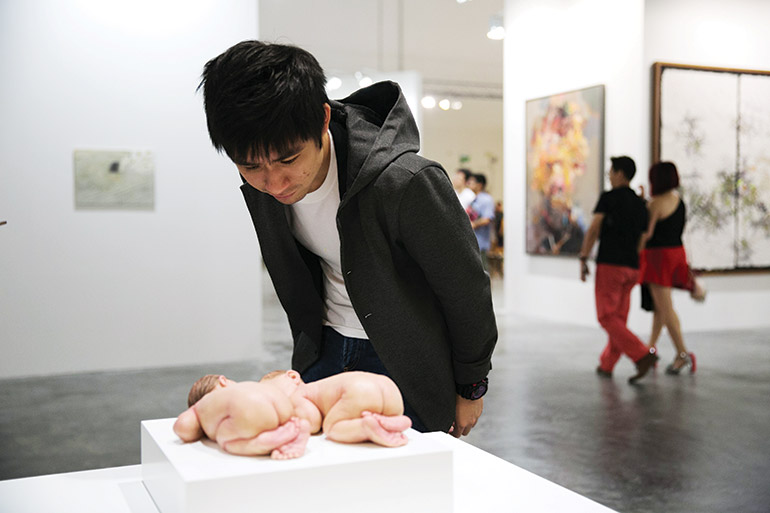
“The challenging part was the money, and in very practical ways,” Johnston said. “In Yangon, you have to pay rent a year in advance. We paid two years in advance… that was the biggest hurdle.”
In the Philippines, Green Papaya Art Projects has finally folded beneath the strain of self-sustainability. Now in its 17th year, the space has announced its scheduled closure in 2020. According to Roldan, though, it is precisely this instability that artists must embrace if they are to continue to work on their own terms.
“Green Papaya is a bad model for a business,” he chuckled. “Artists are bad businesspeople. But I think it is that unsustainability and that clear path that has allowed us to continue so long, because unsustainability challenges you to seek solutions all the time – and find yourself along the way.”
